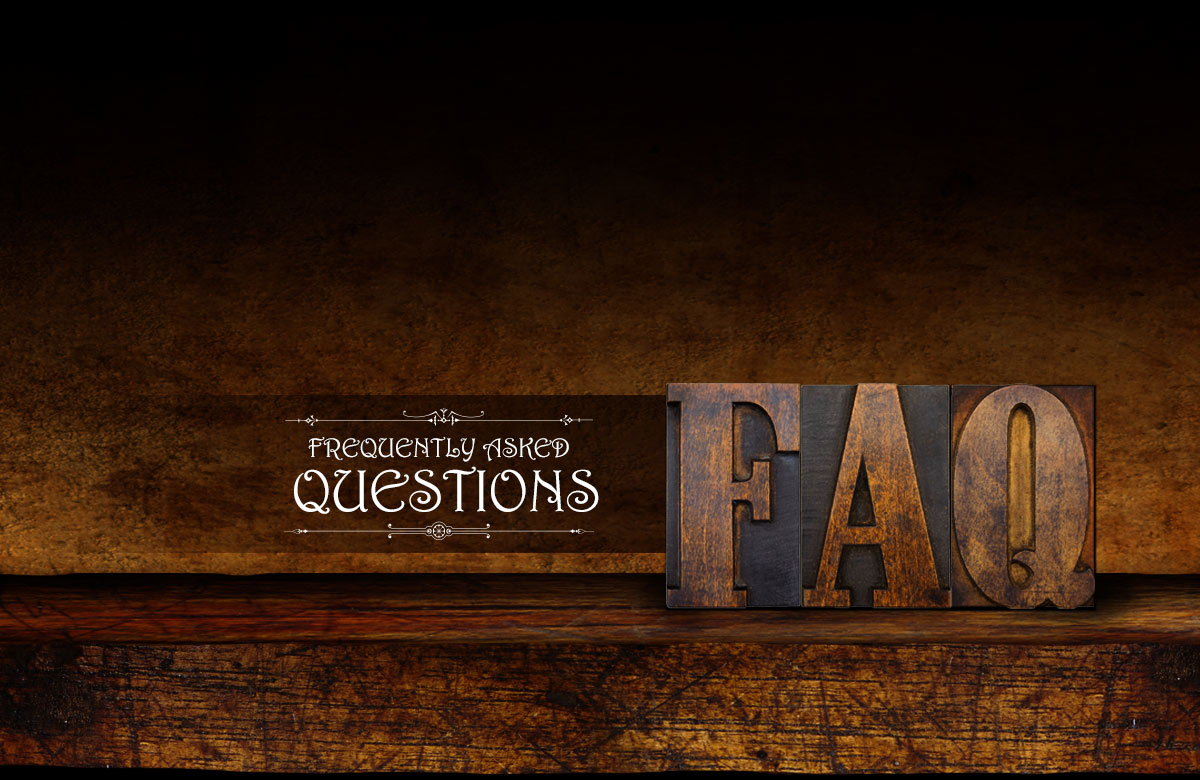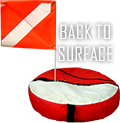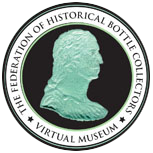FAQ
- Q: I found a bottle with the markings of wms kinch and co on the bottom of the bottle it says made by John Matthewes NY 1872. Wondering if you can give me any info on it? I found it in Paramus NJ about 10ft down in a hole Perfectley intack.
- Q: I have a glass bottle E.L. Husting Co., Milwaukee, Wisconsin. Its just like the one under Antique blob Weiss beer bottles. It is the same brown/amber color. It has the original wired on ceramic resealable top on it. I would like to find its value
- Q: We recently found a dark brown bottle with the name of John Graf on it. What can you tell me about this bottle?
- Q: I was wondering if the G. Tabor Thompson Druggist Medicine Bottle was for sale and how much?
- Q: GUNNAR RASMUSSEN how did they get the writing in the old 1850s bottle molds what kind of tool?
- Q: I found a Ben Kornburger & Bros Milwaukee Wis bottle it is about 7 inch tall and has a K on the bottom it also has the stopper but the rubber seal is gone can you tell me what it is worth?
A: I found a bottle with the markings of wms kinch and co on the bottom of the bottle it says made by John Matthewes NY 1872. Wondering if you can give me any info on it? I found it in Paramus NJ about 10ft down in a hole Perfectley intack.
Hi Brian,
I can tell you about the style of bottle. The exact example you have will require a local collector or expert for more detail. In the 19th century American inventors were trying to find better ways to seal bottles. Your bottle likely contained mineral water or soda water. John Mattewes developed a style of bottle closure that was widely used for about ten years from 1872 to about 1880. The things that make bottles valuable are rarity, desirability and color. Your bottle not having a city on it is a negative to start with. Typically this type of bottle didn't get very far from where it was used. It is likely that a local bottle collector will know exactly who the bottler is and where they were located. The East Coast has so much age beyond your bottle for collectors to pursue. That will limit the value of this, "Later" bottle. If the bottle is an unusual color or has something unique about it could be very valuable. For example if your bottle is emerald green it may be worth thousands of dollars. In a standard bottle glass blue or green I would guess the value in very good condition to be as low as $10 and as high as $80. If you send me a couple pictures of the bottle I will let you know if there is anything unusual about it.
Very best, Steven (mrbottles)
A: I have a glass bottle E.L. Husting Co., Milwaukee, Wisconsin. Its just like the one under Antique blob Weiss beer bottles. It is the same brown/amber color. It has the original wired on ceramic resealable top on it. I would like to find its value
Hi Jason,
E.L. Husting was one of the most prolific Milwaukee, Wisconsin bottlers in the last quarter of the nineteenth century. In general, most bottles that were produced in great numbers from about 1880 on start to become more common in collecting circles today. That said there are many extremely rare and extremely valuable bottles from later than 1880. All of the known Husting bottles are considered common except for one. The extremely rare and therefore very valuable Husting bottles is a later crown top half gallon amber Hustings Polar Springs bottle.
Your bottle is most likely one of the common Weiss beer bottles. Husting used this style of bottle from about 1890 to 1910. With so many being available they are not highly sought after by Wisconsin antique bottle collectors. Normally the metal bail is rusted through and the stopper is missing or a more common rubber stopper is in place. As strange as it may seem your Husting logo porcelain stopper may be more valuable than your bottle. It is exponentially rarer than the bottle.
If I am correct in my assumption that your bottle is one of the common Husting beer bottles the bottle itself in very good condition is worth five to ten dollars IF you can find a buyer. The bottle in very good condition with the porcelain stopper is worth in the twenty to thirty dollar range and is desirable to collectors.
There is always the exception to the rule... Your bottle could be an unusual color variant or an unknown mold variety. If that is the case all bets are off. It could be worth considerably more. The best way to know for sure is to send me photos of the bottle and stopper. If you have an exceptional rarity I will let you know right away.
Very best, Steven (mrbottles)
A: We recently found a dark brown bottle with the name of John Graf on it. What can you tell me about this bottle?
Hi Angela,
On occasion John Graf bottles can be very rare and very valuable. Most often they are common and have little, “cash,” value. John Graf was one of the most prolific bottlers in Milwaukee in the 19th century. There are tens of thousands of his bottles known and in circulation right now. John Graf bottled soda water and Weiss beer in Milwaukee from the early 1880's all the way through the 1960's. Graf started with a partner. Graf and PH Madlener were bottling in partnership from 1873 until 1883. The Graf and Madlener bottles are earlier and tend to be rarer. Average value for a Graf and Madlener glass soda bottle is likely about $75. Great condition or rare mold varieties will result in premium prices. With the Graf and Madlener just as well as the regular Graf bottles color is every thing. If the bottle is in an unusual color it will skyrocket in value. For example the amber variety of Graf and Madlener has only a few examples known. I paid $300 for a damaged example. The same damage on a bottle glass blue or bottle glass green variety would make the bottle literally valueless. The clay Graf and Madlener bottles are more valuable as well. There are more different John Graf mold varieties of bottles than any other bottler from the State of Wisconsin. Most are very common and have little value. So many of these bottles were produced and distributed that they tend to be found everywhere. With collecting the rule is if there are enough examples that every one who wants one has one the value plummets. There are Graf bottles that are extreme exceptions to this rule that have to be considered. After finding this FAQ page don't assume your newly found John Graf bottle is garbage... None of them are. Send a picture and I will tell you exactly what you have. Some Graf bottles to note that are very rare and therefore very valuable are the big quart cobalt blue John Graf bottle. I would estimate the value of the Cobalt quart at $500 or more. The Graf clays with cobalt on them are in the $300+ range. There is a Graf citron Green Hutchinson soda bottle that I bid $1000 for blobbottlebob and lost the auction! The tall aqua blob soda that is worth three or four hundred and the Wisconsin Glass Hutchinson soda bottles are worth $25 while the standard Graf Hutch is so common you can't sell or trade it. While the average John Graf bottle is common therefore of little 'cash' value there are mighty exceptions to the rule. If you found your John Graf bottle camping or swimming or scuba diving or remodeling, the bottle has a special value. How many times do you get to reach back 100 years or more and pull back a piece of the history of Milwaukee, Wisconsin or America? Before you walk away with slumped shoulders after reading this thinking your prospective treasure is valueless please consider that many amazing people started in a lifelong hobby that is both entertaining as well as educational by finding a John Graf bottle. If you choose that rout; welcome to bottle collecting and I hope you find the rest of the site interesting, helpful and of course entertaining. The faceted blob top beer bottle can sell for five to fifteen dollars. The mug base Weiss beer bottle typically sells for 2 to 10. You could put either on eBay and may or may not get any bids. Those are the two most common brown bottles from Graf. If your John Graf bottle is an unusual one the bottle could be very rare and worth a great deal of money. Send me a picture and I’ll briefly let you know what you have. The digital picture is a miracle for a quick assessment. If you found a Graf bottle or any other bottle take a quick picture and email it to me… Soon after you will know both the rarity and value of your bottle.
Very best, Steven (mrbottles)
A: I was wondering if the G. Tabor Thompson Druggist Medicine Bottle was for sale and how much?
Hi Diane,
The mrbottles website is an antique Wisconsin bottle collector resource. The goal in developing a web based platform originally was the sharing of information about antique bottles and particularly Wisconsin antique bottles. A big piece of the puzzle in ‘information’ Wisconsin antique bottle collectors are after is the simple ability to see what is out there. Before the mrbottles website existed it was difficult to find any information on Wisconsin antique bottles and nearly impossible to see the bottles you didn’t own unless you were friends with the person who did own the bottles.
After its inception the mrbottles website quickly became a visual resource to the point we now have more than 6,000 images of Wisconsin antique bottles for view. No single collector could have amassed the antique bottle gallery representations we have here. Few Wisconsin bottle collectors even have a broad interest in so many different antique and semi-antique bottles. This site is a team effort.
The galleries have been assembled through the participation of many antique bottle collectors at large. In the case of the Tabor Thompson Druggist bottle I cannot even tell you who owns it or when the image was added to the site. It is almost certain the bottle is not for sale and since selling gallery items is outside of the site charter we don’t even try to connect buyers with sellers.
Thank you for your interest and for visiting the site. I do regret not being able to help you acquire the antique bottle you are looking for, I do wish you luck in finding one.
My very best, Steven (mrbottles)
A: GUNNAR RASMUSSEN how did they get the writing in the old 1850s bottle molds what kind of tool?
Hi Gunnar,
You ask a very interesting question. I have wondered the same thing myself. You simply have to wonder when you see the backward N in some of the antique Hopkins bottles or the crazy "&" on the K&D Milwaukee soda or the crude letters in the Blossoms Badger Ale. We often hear of it called "mold cutting" but I doubt if that's how they did it. The letters seem to be too perfectly formed to be hand cut with old tools. It also seems to be unlikely that they made a mold and poured molten iron to form the molds with the lettering. There are lots of molds with reversed characters, suggesting they were made in the positive. So basically, I don't know. I have never examined a mold or slug plate up close.
Are you planning to blow glass now? Peter
A: I found a Ben Kornburger & Bros Milwaukee Wis bottle it is about 7 inch tall and has a K on the bottom it also has the stopper but the rubber seal is gone can you tell me what it is worth?
Hi Rich,
Thank you for visiting www.mrbottles.com and for your question. I run the hutch gallery so, Steve forwarded your question to me. Feel free to roam around the site and to join in the talk forum if you'd like. What you have might be a Hutchinson soda bottle (named after the inventor of that unique stopper inside the bottle). It is my favorite type of bottle to collect. It is a style that was only used until the 19-teens. If yours is a Hutchinson soda, it is likely a true antique bottle and it is about 100 years old.
Just to step back a bit. What I think you have should look something like this. http://www.mrbottles.com/galleryimage.asp?ID=943. You might have something a little different but most of what I'm telling you will be similar.
Okay. The value of such a bottle depends on many factors. The first may be the relative rarity of the bottle. The value can improve if a bottle is rarely seen, or from a small town that did not bottle very much, or from a small company that did not bottle very long. It's simple economics. The harder the bottle is to find, the more likely that collectors will not have it (and hence, pay more for it). Other factors that can effect the value are condition and color. (A nice mint example will do better than a damaged one.) Having said all of this, I have some news that is not great. The company was fairly large, from a big town, and was in business a long time. All of that combined means that the bottle is not all that rare. You might have an unusual example. If you'd like me to look at it, please email me a digital picture and I can give you a better feel for it. Generally speaking, Kornburger bottles are fairly common. The company bottled both sodas and beers. If the bottle is a beer, it will likely be amber (or brown) in color. However, even the beer bottles are not rare. Most long term serious collectors will likely have these. In very good condition, my guess is that the bottle could go as high as $15 to $20 at auction. With normal wear and tear, I would expect it to sell between $2 to $8. It may have more sentimental value to you as a wonderful and unique old bottle that you found, but it does have some actual monetary value as well. Once again, if you'd like a more accurate estimate of your bottle, a picture would help.
Hope this helps, Bob
